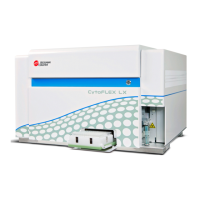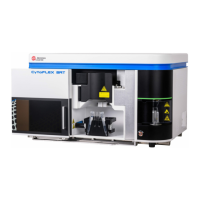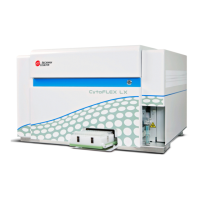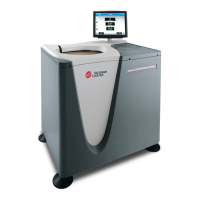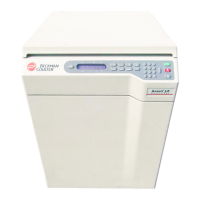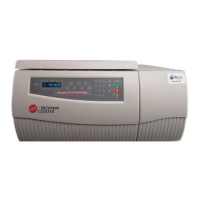PN 177196BB
8-18
SYSTEM DIAGNOSTICS AND MAINTENANCE
BASIC TROUBLESHOOTING TECHNIQUES
3. Electronic Subsystem
a. If there is no power:
1) Check to see if one of the indicator lights is on.
2) Check power switches.
3) Check plug connections.
b. If the flow cell lamp is burned out, replace it. Refer to
Heading 11.11 REPLACEMENT
PROCEDURES
, in the Online Help System or the Instructions for Use manual.
4. Reagent Subsystem
a. Level Sensing
1) A float-level sensor is used to monitor the waste container level.
2) Cycle counters monitor the reagent levels.
b. Replacement procedures. To replace a reagent or waste container, refer to
Heading
11.11 REPLACEMENT PROCEDURES
, in the Online Help System or the Instructions for
Use manual.
c. Reagent related problems
1) May be contaminated
2) May be expired
3) May have been frozen causing the ingredients to separate
4) May be the source of electrical interference due to electrolytic characteristics
5. Fluidic Subsystem
a. Key Components
1) Tubing
2) Valves
3) Syringes
4) Solenoids
b. Hydraulics
1) Check tubing connections and routing:
a) At the reagent container.
b) At all associated syringe assemblies.
c) Throughout the Analyzer.
2) Check associated syringes, valves, and solenoids.
c. Pneumatics
1) Low vacuum
a) Generated by the count syringe
b) Equivalent to 5.9 inches of mercury
c) Also called aperture vacuum
d) Pulls the dilutions through the RBC and WBC apertures and sweep-flow
Diluent behind the RBC aperture.
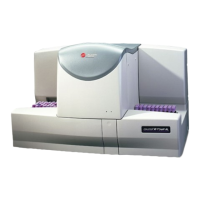
